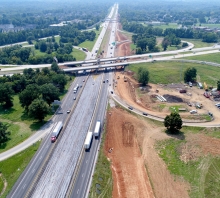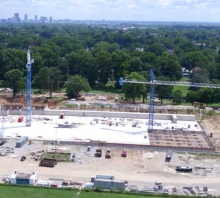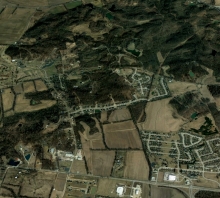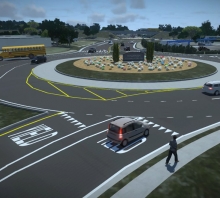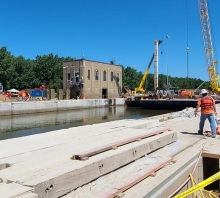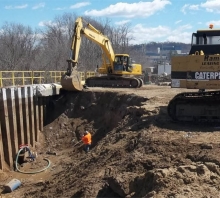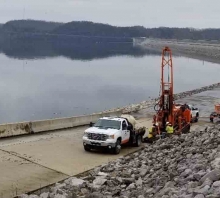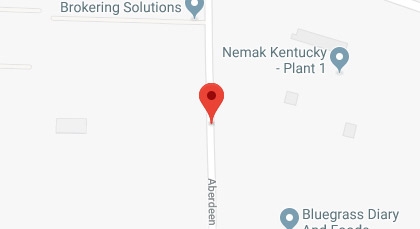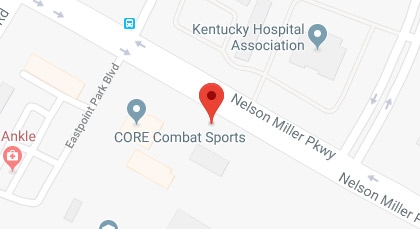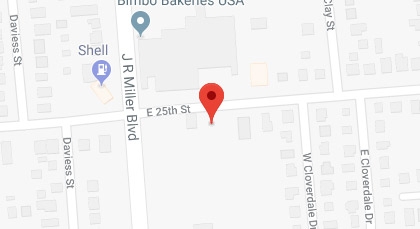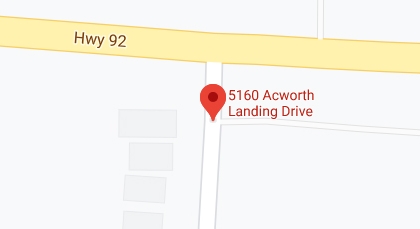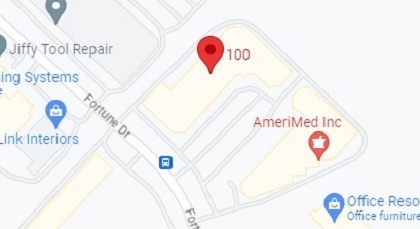The purpose of the project is to alleviate the delay time of commercial barge tows passing through the Kentucky and Barkley Locks. Products originating from or designated to 20 states pass through the system of Locks. Over 80% of the commercial tows hauling these products pass through Kentucky Lock due to difficult navigation downstream of the Barkley Lock. Since most of the tows are greater than 600’ in length, they must perform a time-consuming double lockage to transit through the existing 600’ long Kentucky Lock. Due to this, Kentucky Lock’s delay times are some of the longest in the inland waterway system ranging from 4 to 7 hours.
AEI’s role in this expansion is to perform the geotechnical investigation to provide subsurface data to assist in the design of foundations for the proposed Lock expansion. The geotechnical investigation consisted of advancing 19 borings utilizing HWT sized casing and HWL sized coring equipment. The project was broken into three phases, land based drilling (8 borings), floating platform based drilling (8 borings) and aerial platform based drilling (3 borings). The borings were drilled to identify and quantify the overburden thicknesses and to evaluate underlying bedrock. The floating platform based drilling consisted of drilling eight borings from a barge on the Tennessee River downstream of the Lock through the overburden and into the underlying bedrock. AEI’s track mounted drill rig was lifted with a crane from a land platform and placed onto an arrangement of flexi float barges on the downstream side of the Lock. During this phase of the investigation, the existing Lock was still operating normally, which caused nearly instant water level fluctuations of one to two feet during locking operations along with wave actions of passing barges. These water level fluctuations introduced many variables during the advancement of the coring steel as the floating platform was never completely stationary. The final phase of the geotechnical investigation consisted of drilling three aerial platform based borings. These borings were performed from a platform affixed on the guide wall of the existing Lock. During this phase a combination of approximately 35 feet of freeboard and 30 feet of water, for a total of approximately 65 feet of free space was between the drilling platform and the top of the overburden surface in the Lock channel bottom. AEI, in cooperation with Johnson Brothers Corporation, affixed a number of collars along the vertical face of the existing Lock guide wall to stabilize the HWT sized drilling casing to assist in embedding the casing into the bedrock to perform rock coring with HWL sized coring equipment. One of the eight borings is scheduled for a later date as it is located within the Lock channel and will required a temporary shutdown of the lock to complete the boring. AEI will perform this boring in a continuous 24 hour shift to minimize closure of the lock.
The geology at the site is comprised of limestone with chert nodules. This formation is susceptible to solutioning creating karst features within the bedrock. As part of the investigation, AEI was to quantify the size of and contents of any voids encountered during the investigation. Voids that were encountered were to have Standard Penetration Tests (SPT) performed within the formation to determine the extents of the void and classify the material contained within the void. Additionally, when the boring was completed, pressure testing was performed within the borehole utilizing wireline packers. The borehole was isolated in ten foot intervals utilizing nitrogen filled bladders and evaluated by inflowing water using pumps to quantify the amount of water that each ten foot zone would accept.
At the completion of drilling and pressure testing of each boring location, the borings were terminated by pressure grouting borings via tremie method. AEI completed this activity utilizing a stand-alone grout pump mounted on a trailer that allowed a theoretical volume of grout to be injected into the borehole as directed by Nashville District USACE Geologists.
Construction of a new 1200’ lock would eliminate the delay time in the near term and drastically shorten it for forecasted traffic levels past the year 2020. AEI is excited to be part of a project that will have such significant impacts on the region!

















